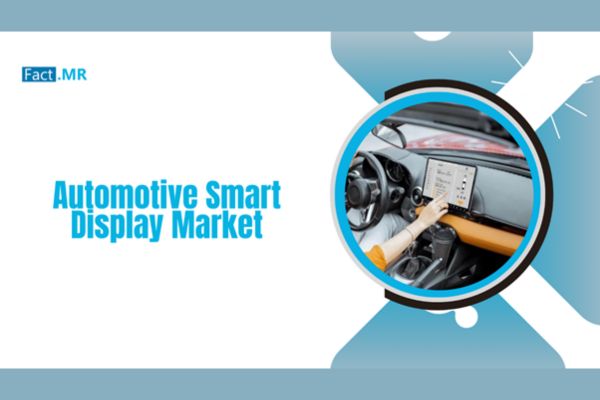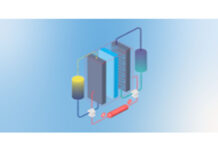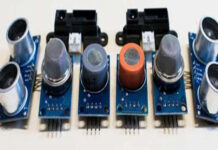The estimated value of the worldwide Automotive Smart Display Market stands at USD 7.5 billion in 2022, with a projected increase to exceed USD 12.4 billion by 2032. This anticipated growth indicates a compound annual growth rate (CAGR) of 5.1% from 2022 to 2032.In the realm of the global automotive lighting market, the automotive smart display sector accounted for approximately 19.8% in 2021. Projections suggest a further expansion at a CAGR of approximately 6.2% throughout the assessment period spanning from 2022 to 2032.
The automotive industry is undergoing a transformative shift, with technological advancements playing a pivotal role in reshaping the driving experience. One such innovation that has gained significant traction is the Automotive Smart Display. These sophisticated display systems have revolutionized the way drivers interact with their vehicles, offering a seamless blend of entertainment, information, and safety features. This article delves into the burgeoning Automotive Smart Display Market, exploring key trends, drivers, challenges, and future prospects.
Market Overview:
The Automotive Smart Display Market has witnessed substantial growth in recent years, driven by the increasing demand for connected and autonomous vehicles. Smart displays have evolved from traditional instrument clusters and infotainment systems to integrated, multi-functional interfaces that provide real-time information and enhance the overall driving experience. These displays incorporate advanced technologies such as touchscreens, augmented reality, and voice recognition, creating a more intuitive and interactive in-car environment.
Key Companies Profiled
- Alpine Electronics Inc.
- AU Optronics
- Continental AG
- Delphi Automotive PLC
- Denso Corporation
- Japan Display Inc.
- Kyocera Corporation
- LG Display
- Magna International Inc.
- Nippon-Seiki Co, Ltd.
- Robert Bosch GmbH
- Panasonic Corporation
- Pioneer Corporation
- Valeo SA
- Visteon Corporation
- Yazaki Corporation
Challenges:
1. Cost Concerns:The integration of advanced display technologies comes with a cost. Manufacturers face the challenge of balancing the demand for high-quality smart displays with the need to keep the overall vehicle cost competitive.
2. Cybersecurity Risks:The increasing connectivity of vehicles also exposes them to cybersecurity threats. Smart displays are potential targets for hacking, raising concerns about the safety and privacy of the information transmitted and received through these systems.
3. User Interface Design:Designing user-friendly interfaces for smart displays is crucial. Striking the right balance between providing information and minimizing distractions is a challenge that automakers and technology developers continue to address.
Future Prospects:
The Automotive Smart Display Market is poised for continued growth as technological advancements, consumer demands, and regulatory requirements drive innovation. The future may see the integration of augmented reality displays, gesture controls, and even more sophisticated voice recognition systems, further enhancing the user experience. Additionally, the adoption of electric vehicles and the development of smart cities may open up new possibilities for smart displays to integrate with broader transportation ecosystems.
In conclusion, the Automotive Smart Display Market is at the forefront of the automotive industry’s digital transformation. As technology continues to evolve, smart displays are expected to play an increasingly pivotal role in shaping the future of driving, offering not only entertainment and convenience but also contributing significantly to safety and connectivity on the road.















